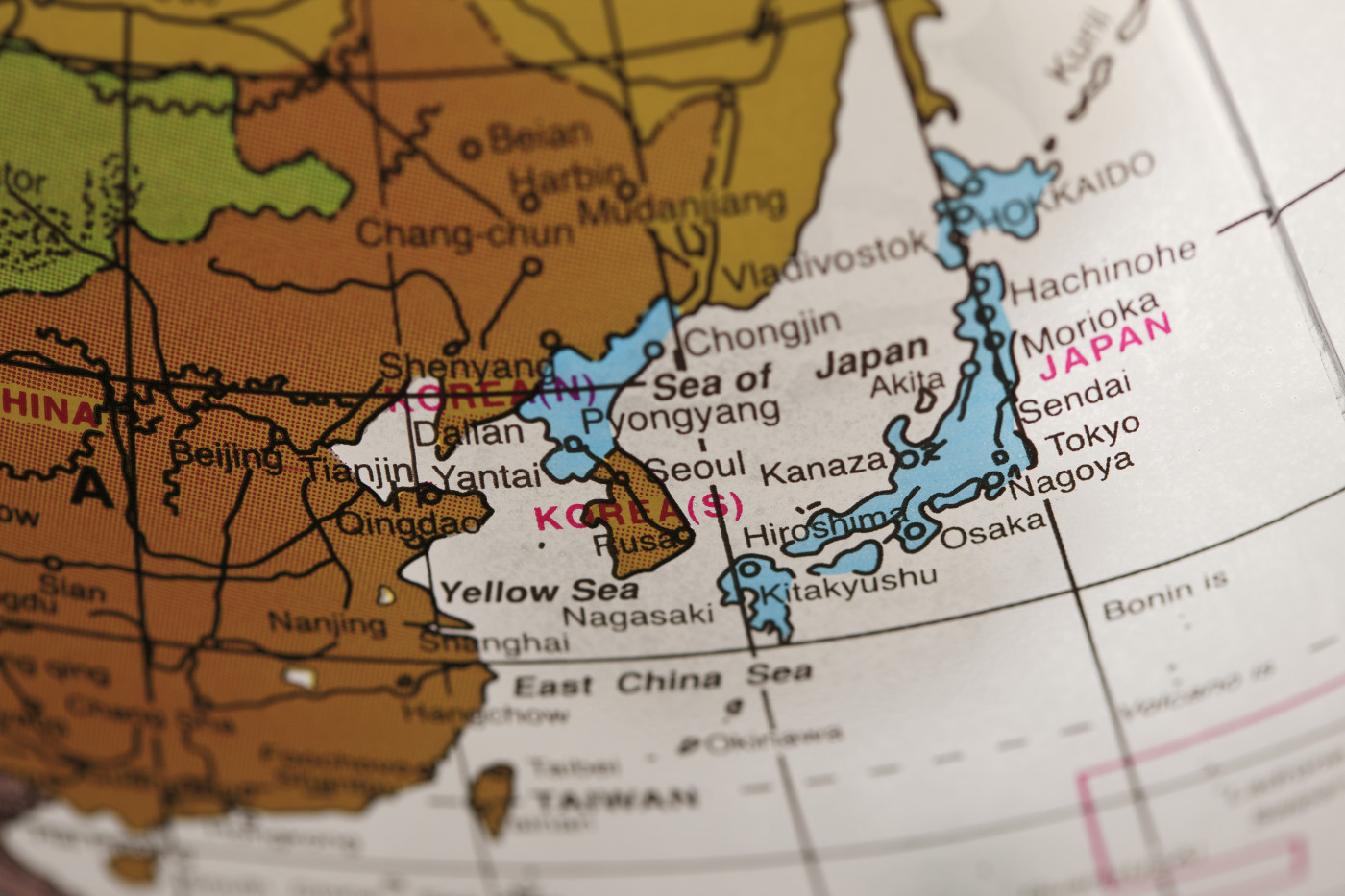Sarcoidosis Cases Increase in Korea; Middle-Aged Women at Higher Risk, Report Shows

The number of patients diagnosed with sarcoidosis increased in the last decade in Korea, and women in their 50s and 60s were found to be at higher risk, a Korean study shows.
The findings were reported in the Respiratory Research journal in the study “Prevalence and incidence of sarcoidosis in Korea: a nationwide population-based study.”
Sarcoidosis affects people regardless of age, gender or ethnicity. Its numbers and symptoms vary widely because different environmental and genetic factors.
To quantify cases of a certain disease and foresee its spread, researchers use two distinct concepts: prevalence and incidence.
While prevalence refers to the total number of cases in a given period of time, incidence refers only to new cases. In fact, incidence is a measure used to evaluate the risk of a disease affecting a certain group of people.
The highest incidence rates of sarcoidosis have been reported in Northern Europe and in African-Americans, whereas in Japan, for instance, the rate is reported to be low.
In Korea, two nationwide surveys were conducted between 1992 and 2000. However, the development of new diagnostic tools and increased health screening in recent years may change the results.
A team from the Asan Medical Center, University of Ulsan College of Medicine, in Seoul, South Korea, carried out a study to estimate the prevalence and incidence of sarcoidosis in Korea, based on nationwide claims data from the Korean National Health Insurance (NHI) system — nationwide mandatory insurance provided by the Korean government.
“The claims database provides healthcare utilization information for both inpatients and outpatients and includes patient demographics, diagnosis, diagnostic procedures and prescribed medication,” researchers wrote.
Cases of sarcoidosis were identified for any medical visit between 2007 and 2016.
To avoid overestimation or biased results of diagnosis using claim data, and in order to ensure robust case definitions, the team divided the patients into two groups: one in which patients had at least two sarcoidosis-related visits within a year of the first sarcoidosis-related claim (a so-called narrow group), and another group with no claims for any other disease that could cause granuloma formation (the main characteristic of sarcoidosis) within 90 days before or after the first claim.
A total of 4,791 sarcoidosis patients (2,388 in the narrow group) visited medical centers during the study period.
Based on these patients, the prevalence of the disease was found to be 9.37 per 100,000 people, and about half of this value in the narrow group (4.69 per 100,000 people). The highest prevalence was seen among patients ages 60-69.
A total of 2,999 patients (1,696 in the narrow group) were newly diagnosed between 2009 and 2015. The annual incidence rate, which measures the risk of contracting the disease, was 0.85 per 100,000 individuals in 2009, but increased to 0.97 per 100,000 in 2015.
The incidence rate was also found to be higher in women (1.04 per 100,000 individuals) than in men (0.67 per 100,000).
The age-specific incidence rate was seen to peak in women ages 50-59, while men showed two peaks, one at ages 30-39 and another at ages 60-69.
In the narrow group, the incidence rate was slightly lower, with 0.47 per 100,000 people at risk during the study period. The incidence rate was higher in women (0.56 per 100,000) than men (0.39 per 100,000). Age-specific incidence rates showed trends similar to those of the broad group.
Overall, the results show evidence of increasing numbers of sarcoidosis patients in Korea, and suggest that women in their 50s and 60s are at special risk of developing the disease.
“In conclusion, our data showed that, while the incidence and prevalence of sarcoidosis in Korea has increased compared with prior Korean studies, it remains lower than that documented in Western countries,” the researchers wrote, emphasizing that “middle-aged women showed the highest risk.”





